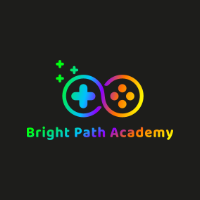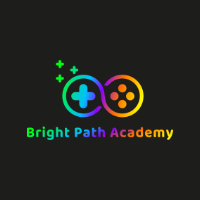Understanding Phonics Foundations
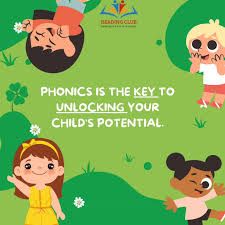
Phonemic Awareness: Hearing the Sounds
Phonemic awareness means kids can hear, identify, and play with the smallest parts of spoken words. Think of it as the moment when a child realizes that the word "cat" is made up of the sounds /c/, /a/, and /t/. This foundation doesn’t use letter names or visuals yet—just the sounds themselves.
Effective classroom materials will:
-Include games and songs to help children break apart and blend sounds.
-Offer daily practice that builds listening skills and sound manipulation.
-Provide quick checks so teachers can see who’s catching on and who needs more support.
Phonemic awareness sets the stage for everything that comes after. Programs that explain how their activities grow this skill show they’re classroom-ready. For more on this, check out the helpful overview on
Phonemic awareness means kids can hear, identify, and play with the smallest parts of spoken words. Think of it as the moment when a child realizes that the word "cat" is made up of the sounds /c/, /a/, and /t/. This foundation doesn’t use letter names or visuals yet—just the sounds themselves.
Effective classroom materials will:
-Include games and songs to help children break apart and blend sounds.
-Offer daily practice that builds listening skills and sound manipulation.
-Provide quick checks so teachers can see who’s catching on and who needs more support.
Phonemic awareness sets the stage for everything that comes after. Programs that explain how their activities grow this skill show they’re classroom-ready. For more on this, check out the helpful overview on
Alphabet Knowledge: Letter Names and Shapes
Before students can connect sounds to letters, they need to know their ABCs inside and out. Alphabet knowledge is more than just memorizing the song—it covers recognizing, naming, and forming every letter, both uppercase and lowercase.
A solid curriculum will feature:
-Daily routines where children manipulate letter cards and build words.
-Visual aids, alphabet charts, and handwriting practice.
-Activities for quick letter recognition and play with tactile materials (like sand or magnetic letters).
Kids with strong alphabet knowledge find it easier to link sounds and letters, moving smoothly into reading and writing.
Letter-Sound Relationships: Cracking the Code
Once the basics are in place, students are ready to pair letters with their sounds. This is where phonics instruction comes fully alive. Letter-sound relationships give students the tools to decode written words bit by bit.
A classroom-ready phonics program should include:
-Clear, step-by-step lessons that start simple and grow more complex.
-Practice with both individual sounds and blends.
-Tools for teachers to model decoding and give feedback.
When students can match letters to sounds and blend them, they feel empowered to tackle even tricky new words. For more about strong foundational skills, explore this deep dive on
Setting Clear Classroom Expectations
Classroom readiness means knowing what skills your students need to show before moving forward. At each stage, be clear about what you expect, for example:
-By the end of the first month, students should identify all uppercase and lowercase letters.
-After six weeks, children should blend three-sound words without help.
-Students should be able to break apart words into individual sounds and put them back together.
When your curriculum sets benchmarks, teachers know exactly what mastery looks like and can celebrate progress along the way. This clear focus keeps everyone aligned and excited as young readers grow.
To explore the essential pillars of reading further, check out this overview that highlights the five building blocks at
Steps to Demonstrate Phonics Classroom Readiness
Teachers want more than theory—they want real proof that a curriculum makes kids confident readers. To show classroom readiness, you need to cover the full cycle: assess where children stand, use direct and step-by-step teaching, and pack your lessons with hands-on learning. Let’s break down each step and see how you can shine a spotlight on your curriculum’s strengths.
Assess Pre-Literacy Skills
Getting a clear picture of students’ starting points is the first stop. When you assess pre-literacy skills, you learn exactly what kids know about sounds, words, and letters. Here’s what to watch for—and how to check:
-Rhyming: Play “odd one out” with rhyming words like cat, bat, sun. Kids point to the word that doesn’t rhyme.
-Syllable segmentation: Clap along as you say words, counting syllables—like “basket” (bas-ket, 2 claps).
-Letter recognition: Use letter cards and ask kids to name and find certain letters, or play a fast-paced “alphabet hunt” around the classroom.
-Sound matching: Call out a sound and have students hold up objects or cards starting with that sound.
These quick checks help teachers spot gaps and adjust instruction as needed. For more strategies on assessing these early skills, see this practical guide from
and this set of tips on
Align to Explicit, Systematic InstructionKids need a clear map to follow—step by step. Strong phonics programs break down lessons into small, easy-to-digest chunks. Explicit, systematic instruction means no guesswork. Everything is taught in order, starting simple and moving to more complex skills.How does this look in the classroom?Sequencing: Start with single letter sounds, then move to consonant blends, and finally irregular words.Direct modeling: The teacher sounds out a word at the board, students repeat, and then practice on their own.Daily routines: Use quick-fire word reading and blending drills every morning.Practice: Guide students as they work, giving immediate feedback and support.A clear teaching path helps every child move forward with confidence. Teachers know what to do next and when to step in for more help. For more on how to sequence phonics skills, you can review this resource on
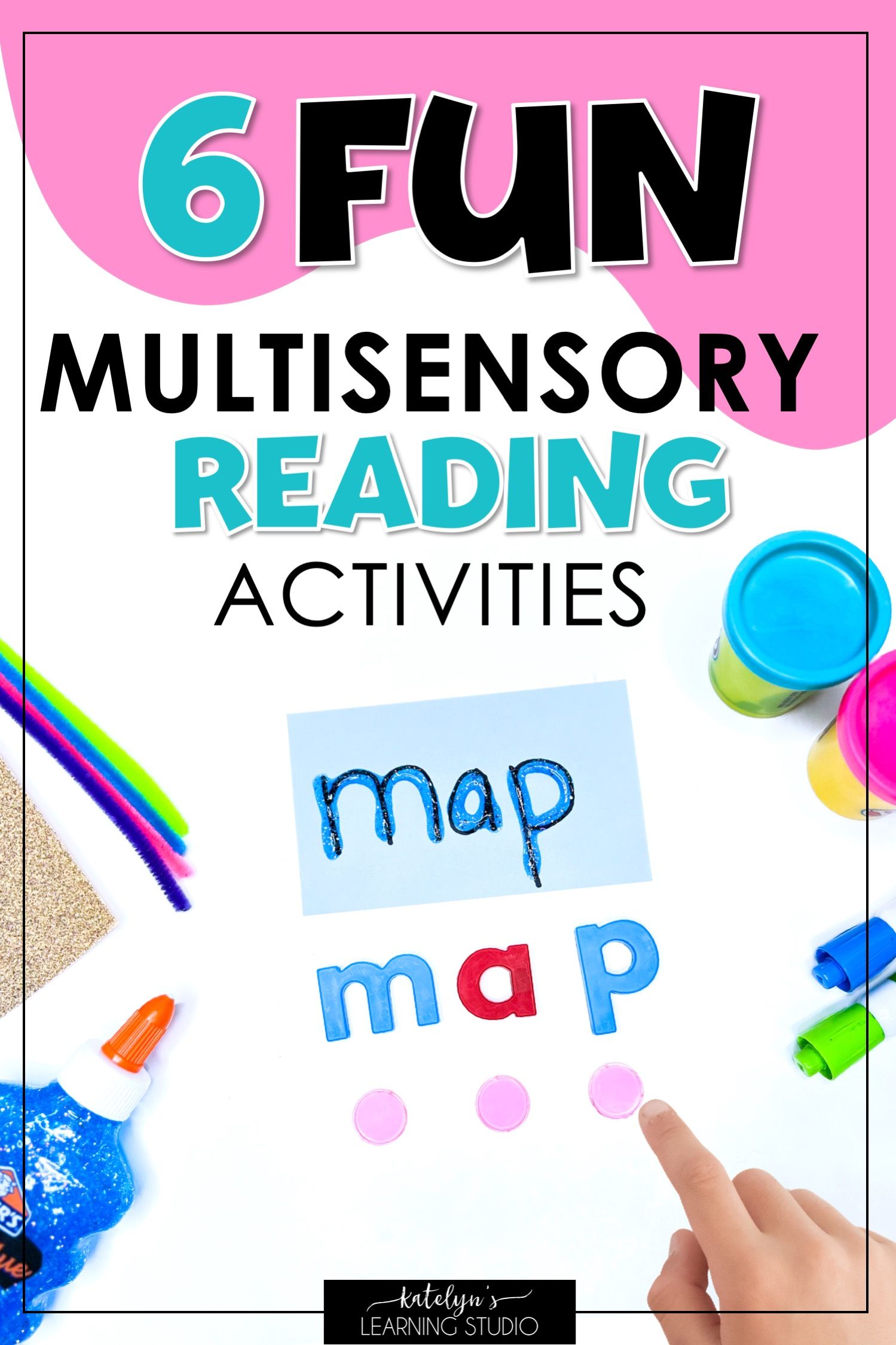
Design Multisensory, Engaging Activities
Phonics sticks best when kids use their hands, eyes, ears, and even their bodies. Here’s how to set up multisensory activities that make lessons memorable and fun:
Phonics sticks best when kids use their hands, eyes, ears, and even their bodies. Here’s how to set up multisensory activities that make lessons memorable and fun:
-Sound boxes: Give each child a “box” for each sound in a word. As you say “dog,” they push counters into three boxes—/d/, /o/, /g/.
-Letter tiles: Let kids build words by rearranging tiles on their desk, switching out letters to make new words.
-Word sorts: Mix up cards with words that have the same vowel sounds. Kids sort them into groups by sound.
-Movement games: Play “phonics hopscotch,” where each square has a letter or blend, and kids jump while saying the sound.
Simple tools like these make learning stick—and keep energy high. You can check out more creative ideas from these collections of
and
Incorporate Decodable Texts and Real-World PracticePhonics doesn’t become real until kids use it to read and write. Decodable texts are stories and passages built around the actual patterns students have learned. This match helps children feel success with books they can truly read by themselves.What does real classroom readiness look like here?Aligned stories: Right after learning the “short a” sound, students read a book full of short a words like “Sam,” “cat,” and “bag.”Writing prompts: Kids write sentences or short stories using new patterns—reinforcing what they’ve just practiced.Paired reading: Children partner up to read decodable texts and spot focus words together.Every success boosts student pride and motivation. To find free practice texts and more ideas, visit this collection of
or browse
By following these steps, you’ll show that your phonics curriculum doesn’t just work on paper—it’s ready to lift real students higher in the classroom, one small step at a time.
In a strong phonics curriculum, showing that students are truly getting it means checking their progress regularly. It’s not only about big tests at the end of a unit, but about real-time check-ins and quick feedback that help teachers know what to do next. When you keep your finger on the pulse of how kids are doing, you adjust fast, keeping every student moving ahead with confidence.
Assessing Progress and Adjusting Instruction
In a strong phonics curriculum, showing that students are truly getting it means checking their progress regularly. It’s not only about big tests at the end of a unit, but about real-time check-ins and quick feedback that help teachers know what to do next. When you keep your finger on the pulse of how kids are doing, you adjust fast, keeping every student moving ahead with confidence.
Use Ongoing Classroom Assessments
Every lesson offers a chance to see who’s mastering new phonics skills and who needs more time. Quick, informal assessments let you spot strengths, catch mistakes early, and tailor your teaching on the fly.
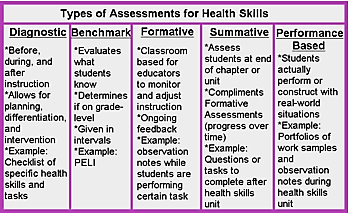
Some tried-and-true ways to check student mastery during and after lessons include:
Error analysis brings even more insight. By looking closely at the kinds of mistakes students make, you spot patterns—maybe lots of kids confuse "b" and "d," or mix up vowel sounds. This tells you where to focus your next lesson. Feedback, especially when it’s immediate and specific, guides kids to correct mistakes right away and builds their confidence.
-Thumbs up/down: After teaching a new sound, ask students for a thumbs up if they get it or down if they’re unsure.
-Whiteboard quick writes: Call out a word, and everyone writes it on a small board to show in real time.
-Exit tickets: At the end of class, students write or say a word using the target sound before they leave.
-Mini-quizzes or flashcard drills: These offer a quick read on retention and allow you to track progress over time.
Error analysis brings even more insight. By looking closely at the kinds of mistakes students make, you spot patterns—maybe lots of kids confuse "b" and "d," or mix up vowel sounds. This tells you where to focus your next lesson. Feedback, especially when it’s immediate and specific, guides kids to correct mistakes right away and builds their confidence.
If you want to see more strategies for quick, easy assessments, take a look at these ideas:
or explore ready-made
that can fit seamlessly into your lessons.
Respond to Student Needs in Real Time
Keeping every student on track often means switching up your groups and offering support right when it counts. Flexible grouping lets you work with kids in small clusters based on their needs—maybe one group practices blending, while another focuses on new vowel teams.
Scaffolds and targeted practice help make tough spots easier for everyone. Here are some practical ways to keep kids moving forward:
-Use sentence frames or sound boxes for students struggling with blending.
-Offer more visuals and hands-on materials so students have extra ways to connect with new sounds.
-Break tasks into smaller steps so no one feels overwhelmed.
Supporting English learners or kids who need more repetitions often means slowing down and giving them plenty of chances to practice. Use visuals, gestures, and lots of review. Sometimes pairing a student who’s catching on quickly with one who needs practice can help both learn faster.
Effective teachers act like coaches on the sidelines, changing the play as needed—adding in extra drills or swapping out activities when something isn’t clicking. Tracking how each child is doing, even with simple notes or checklists, makes it much easier to adapt lessons right then and there.For more on using both short-term and longer assessments to guide your teaching, check out these
Respond to Student Needs in Real Time
Keeping every student on track often means switching up your groups and offering support right when it counts. Flexible grouping lets you work with kids in small clusters based on their needs—maybe one group practices blending, while another focuses on new vowel teams.
Scaffolds and targeted practice help make tough spots easier for everyone. Here are some practical ways to keep kids moving forward:
-Use sentence frames or sound boxes for students struggling with blending.
-Offer more visuals and hands-on materials so students have extra ways to connect with new sounds.
-Break tasks into smaller steps so no one feels overwhelmed.
Supporting English learners or kids who need more repetitions often means slowing down and giving them plenty of chances to practice. Use visuals, gestures, and lots of review. Sometimes pairing a student who’s catching on quickly with one who needs practice can help both learn faster.
Effective teachers act like coaches on the sidelines, changing the play as needed—adding in extra drills or swapping out activities when something isn’t clicking. Tracking how each child is doing, even with simple notes or checklists, makes it much easier to adapt lessons right then and there.For more on using both short-term and longer assessments to guide your teaching, check out these
Demonstrating Results to Stakeholders
When it’s time to share your successes, nothing beats real, visible evidence that your phonics curriculum makes a difference. Administrators, parents, and school boards want proof that your approach works for all types of learners. The good news is you can showcase classroom growth using simple, concrete tools and stories that inspire confidence.
Show Student Work Samples
A stack of student work tells the story better than any spreadsheet. Collect breakthrough moments—like the first time a student spells out a tricky word or writes a sentence using new letter-sound patterns.
Before-and-after samples: Snap photos or keep copies from the start and end of each module. Display the change in handwriting, spelling accuracy, and sentence structure.
Classroom displays: Post student work on walls or create a digital portfolio. Keep samples from each child to show growth over time.
Celebration boards: Highlight student work that demonstrates progress in decoding or writing, so kids and visitors see success every day.
When you lay out a student’s learning journey side by side, anyone can see the leaps your curriculum helps make.
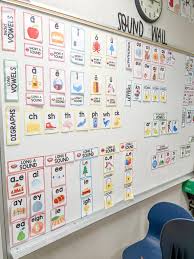
Use Clear Assessment Charts
Numbers make growth easy to follow. Charts and simple graphs can track whole-class trends or show how individual students are picking up skills.
Progress charts: Display the percentage of students mastering each sound, blend, or word family over time.
Growth graphs: Create line graphs mapping out reading accuracy or fluency from month to month.
Individual learning profiles: Show each student’s current level and set goals for the next milestone.
Choose formats that are visual, easy to read, and update regularly. A colorful chart can spark conversation and focus support where you need it most.
Share Success Stories From the Classroom
Stories bring data to life. When you describe a student who once struggled to recognize letters but now reads a full page, you give faces and voices to your results. These stories fill out the picture that numbers alone can’t tell.
Anecdotes: Give short snapshots of breakthrough moments in the classroom.
Quotes: Capture excitement straight from kids or families: “I can read this book myself!”
Mini case studies: Summarize one student’s journey, including obstacles, supports, and victories.
Personal touches help stakeholders root for your students and believe in your curriculum’s impact.
Formats for Sharing With Administrators and Families
Communication makes your results stick. Here are some friendly and effective ways to share growth:
Newsletters: Highlight student achievements, graphs, and a “success of the week” in monthly updates.
Presentation boards: Share charts, student samples, and success stories at staff meetings or parent nights.
Digital portfolios: Create online folders for each child where parents and administrators can see ongoing progress.
Family engagement nights: Invite families to join classroom activities, see displays, and celebrate children’s learning.
Small touches, like sending a photo of a proud student reading, go a long way in building trust.
By keeping your evidence real, visual, and full of personality, you show stakeholders that your phonics curriculum delivers where it matters: in real classrooms, with real kids, making real progress.
1. What does "classroom-ready" mean for a phonics curriculum?
A classroom-ready phonics curriculum is research-backed, systematically structured, and proven to work with real students. It includes clear lesson plans, assessments, engaging activities, and supports for diverse learners—all aligned with foundational reading skills.
2. Why is phonemic awareness critical in phonics instruction?
Phonemic awareness (hearing and manipulating sounds in words) is the foundation of phonics. Without it, students struggle to connect letters to sounds. A strong curriculum includes games, songs, and daily practice to build this skill.
3. How can I assess students’ pre-literacy skills?
Use quick checks like rhyming games, syllable clapping, letter recognition drills, and sound-matching activities. These help identify gaps before formal phonics instruction begins.
4. What’s the difference between systematic and explicit phonics instruction?
- Systematic: Skills are taught in a logical, sequential order (e.g., single letters → blends → digraphs).
- Explicit: Concepts are directly taught and modeled, not left to discovery.
5. How do multisensory activities improve phonics learning?
Engaging multiple senses (e.g., sand trays for letter tracing, sound boxes for blending) helps solidify memory and makes abstract concepts concrete.
6. What are decodable texts, and why are they important?
Decodable texts use only phonics patterns students have already learned. They build confidence and reinforce skills, unlike leveled books that may include untaught words.
7. How often should I assess phonics progress?
Use ongoing formative assessments(e.g., exit tickets, whiteboard drills) weekly and summative assessments (e.g., unit tests) monthly to track mastery.
8. What if some students fall behind in phonics?
Implement flexible small groups, targeted scaffolding (e.g., sound boxes), and extra practice with decodable texts. Regular error analysis helps pinpoint struggles.
9. How can I adapt phonics instruction for English learners (ELs)?
Use visuals, gestures, and cognates (e.g., "cat" in Spanish is "gato"). Focus on oral practice and pair ELs with peers for support.
10. What should a phonics lesson plan include?
- Direct instruction (I do: teacher models).
- Guided practice(We do: group work).
- Independent practice (You do: worksheets/games).
- Quick assessment (e.g., thumbs up/down).
11. How do I prove my phonics curriculum works to administrators?
Share:
- Student work samples (before/after writing).
- Growth charts (e.g., % mastering blends over time).
- Success stories (e.g., a struggling reader’s progress).
12. What’s the role of handwriting in phonics?
Writing letters while saying their sounds reinforces the connection. Include tracing, letter formation, and spelling practice.
13. How can parents support phonics at home?
Send home decodable books, sound games, and word-building activities (e.g., magnetic letters). Encourage reading aloud daily.
14. What are red flags in a phonics curriculum?
- No clear scope/sequence.
- Over-reliance on memorization (not decoding).
- Lack of decodable texts or assessments.
15. How do I teach irregular "heart words"?
Teach irregular words (e.g., "the") by breaking down decodable parts ("th") and memorizing the rest ("e"). Use multisensory tricks like tracing in sand.
16. What tech tools support phonics instruction?
Apps like Phonics Hero or Starfall for games, or digital sound boxes (e.g., Elkonin boxes). Ensure they align with your curriculum’s sequence.
17. How long should daily phonics instruction last?
20–30 minutes for K–2, with additional small-group time for struggling learners. Keep lessons fast-paced and interactive.
18. How can I make phonics fun for reluctant learners?
Try:
- Phonics hopscotch(jump to letter sounds).
- Word hunts (find objects with target sounds).
- Puppet sound games.
19. What’s the best way to track student progress?
Use a mastery tracker (checklists, spreadsheets) or digital tools like Google Forms to record skills mastered and areas needing review.
20. Where can I find free phonics resources?
- Free decodable texts: [University of Florida Literacy Institute](https://ufli.education.ufl.edu/foundations/toolbox/).
- **Assessment tools**: [Phonics Screening Check](https://www.gov.uk/government/publications/phonics-screening-check-sample-materials).
- Games: [PhonicsPlay](https://www.phonicsplay.co.uk/).
